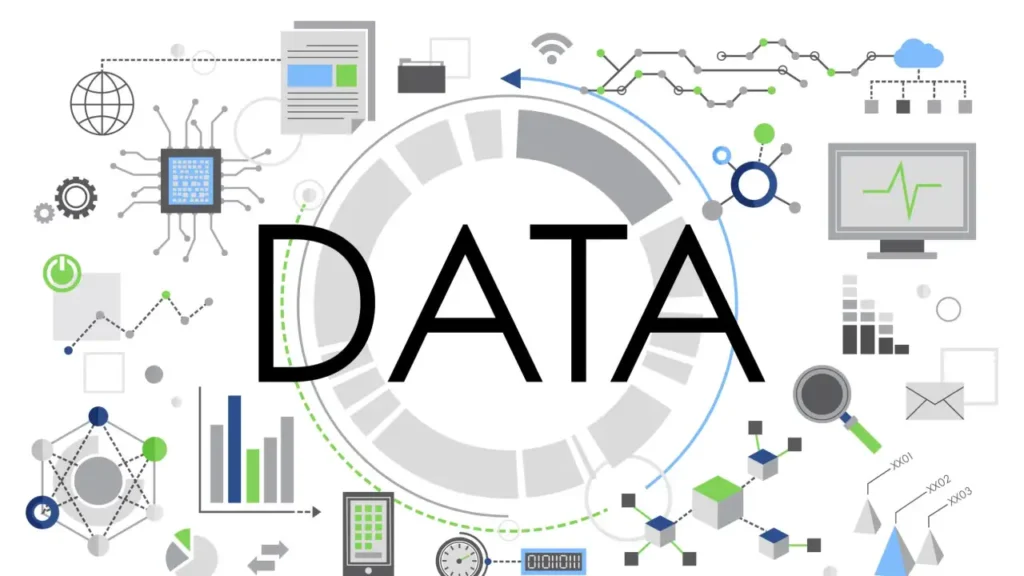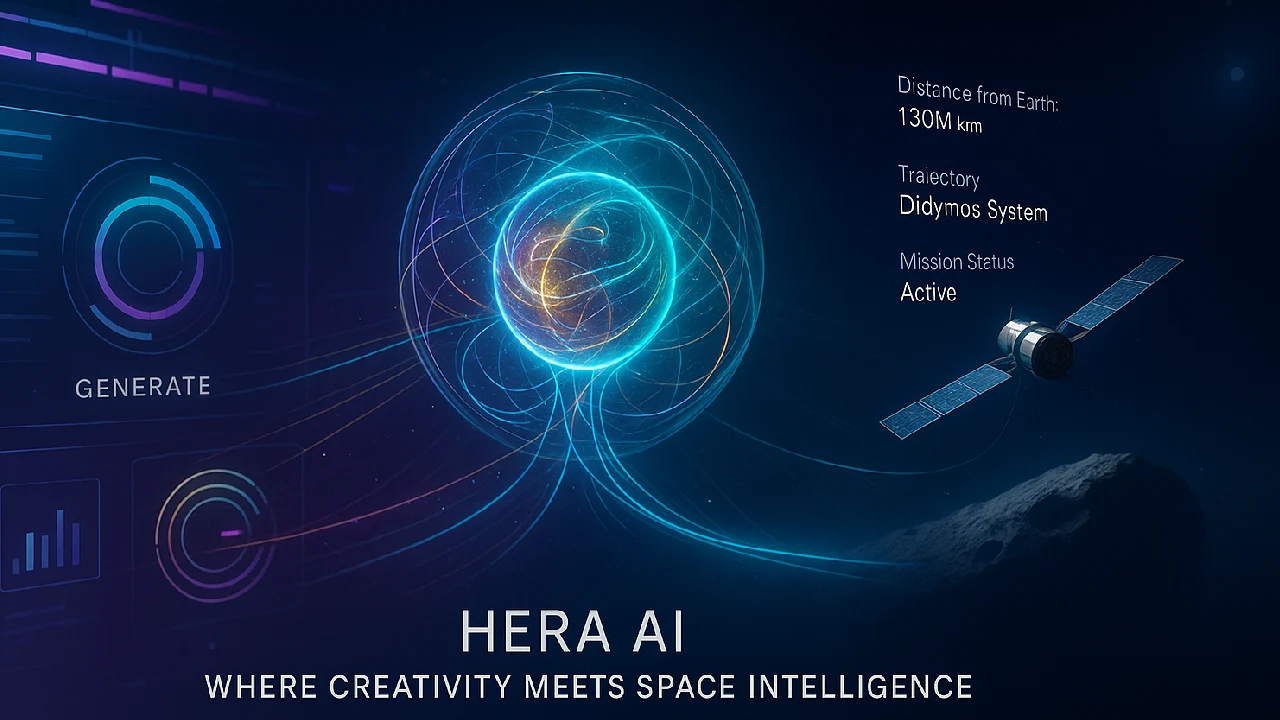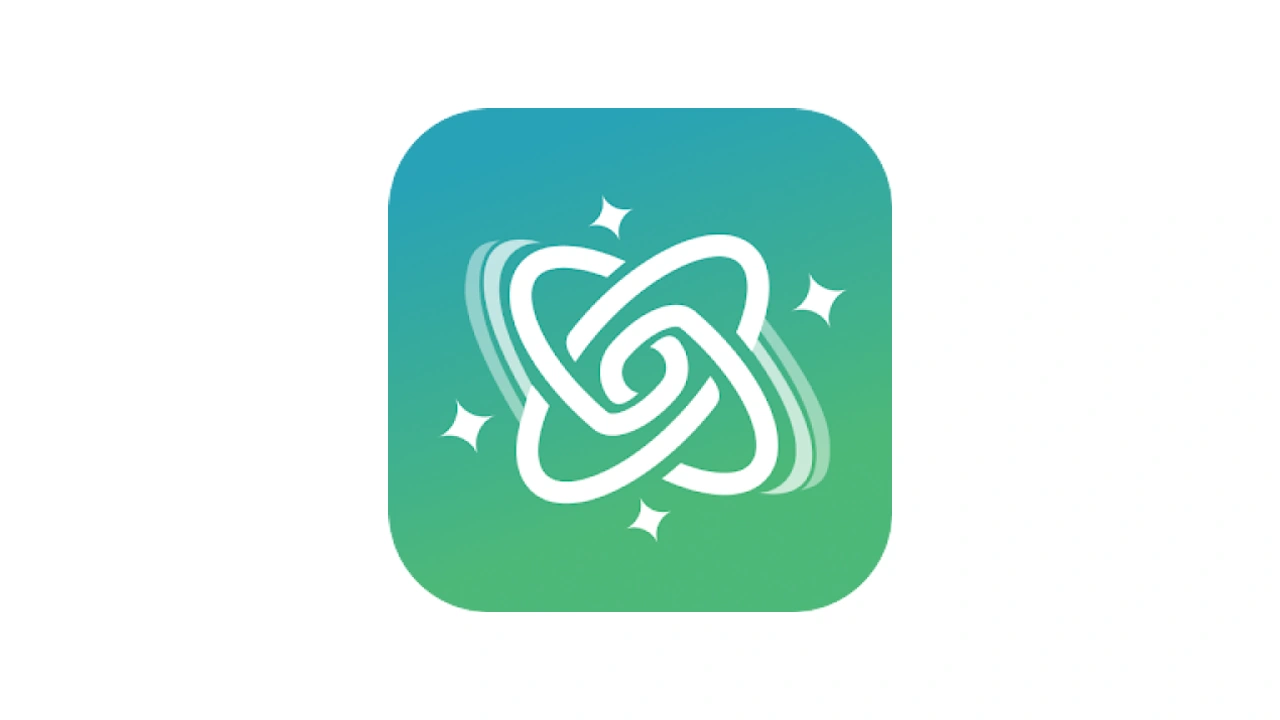Explore the best AI tools for data science in 2025 Learn how DataRobot ,H2O.ai AutoML and more help automate analysis and boost insights.

It’s not simply people with PhDs in lab coats that do data science anymore. AI-powered platforms have made it possible for even amateurs to clean data, construct models, and get insights faster than ever before. The best AI tools for data science are changing how people in both small and large businesses do everything from machine learning to data visualization.
We’ll talk about the best AI technologies that are making it easier for data scientists to do their jobs in this blog.
What Are Best AI Tools for Data Science and Why Do They Matter?
AI solutions for data science employ machine learning to automate, speed up, or make easier elements of the data cycle, such cleaning up raw data or forecasting future trends.
These tools matter because:
- They save time by automating repetitive tasks
- They help uncover patterns traditional methods miss
- They scale well across large datasets and projects
- They democratize data science for non-coders and business users
If you’ve ever asked yourself, “Which AI tool is best for big data?” or “How can I preprocess data faster?” these tools are your new best friends.
How Do These AI Tools Work?
Let’s break it down into stages most data scientists deal with:
- Data Cleaning & Preparation
Tools like Trifacta or DataRobot automatically detect missing values, outliers, or data types, and offer smart suggestions for fixes. - Model Building & Training
Platforms like H2O.ai, Google Cloud AutoML, or AWS SageMaker let you drag and drop to build predictive models, or automate hyperparameter tuning. - Visualization & Reporting
AI assistants can auto-generate charts, summaries, and dashboards in tools like IBM Watson Studio or Power BI AI Visuals. - Deployment & Monitoring
You can go from model training to live deployment in just a few clicks using tools like Azure AI or SageMaker, complete with drift detection and feedback loops.
Top 7 AI Tools Every Data Scientist Should Know
Here’s a quick breakdown of tools that are leading the pack in 2025:
| Tool | Best For | Unique Strength |
|---|---|---|
| DataRobot | End-to-end AutoML | Business-friendly with explainable AI |
| H2O.ai | Open-source + enterprise ML | Extremely fast with rich algorithm support |
| Google AutoML | Image, text, and tabular predictions | Integrates with GCP, ideal for big data |
| Azure AI | Cloud-native ML workflows | Seamless integration with Microsoft stack |
| IBM Watson Studio | Enterprise-grade collaboration | Visual modeling + NLP + WatsonX governance |
| AWS SageMaker | Scalable training and deployment | Strong for real-time apps and MLOps pipelines |
| KNIME + PyCaret | Beginners and open-source fans | No-code + Python hybrid with community support |
“AI tools won’t take the place of data scientists, but data scientists who use AI tools will.”
— Based on a report on augmented analytics trends in the industry
Real World Use Cases That Matter
Here’s how these tools shine in actual workflows:
- Retail forecasting: Predict product demand using historical sales + weather data
- Healthcare diagnostics: Identify disease risk from lab reports using AutoML
- Marketing campaigns: Segment customers and personalize offers using clustering
- Finance fraud detection: Use anomaly detection for credit card transactions
- Text analysis: Run sentiment or keyword extraction from surveys or feedback
Final Thoughts
Best AI tools for data science are changing the game. Whether you’re building models with H2O.ai or deploying them via SageMaker, these tools offer automation without locking you into black-box systems. They strike the right balance between simplicity and power.
Would you explore one of these AI tools in your next data project? Let us know in the comments.







